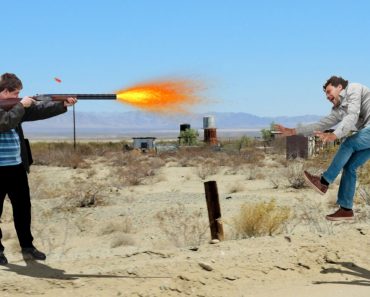Table of Contents (click to expand)
Yes, you should relax your body completely before impact while falling down. By relaxing your muscles, you are allowing the different parts of your body to move independently in reaction to the collision. This effectively makes the impact duration longer, which means that the force of the impact will be distributed across more of your body, rather than your muscles straining to hold your body as some immovable object to counter an unstoppable force.
Imagine walking down a sunny street in a brand-new outfit. You’re feeling confident, looking good, and scanning the other passers-by with a grin. In the midst of that perfect stroll, you stumble over an upraised edge of the sidewalk and your stomach drops. You can feel your momentum shifting forward without your feet being beneath you for support. There’s no doubt about it… you’re going to take a tumble!
In the split-second you have before you hit the ground, there are plenty of things running through your mind, but first and foremost, before worrying about getting your new clothes dirty, is how you should fall. Basically, should we tense up our muscles or try to relax?

Before we go into the details of the right way to fall, we should take a quick review of impact and force, both of which are critical to understanding what happens when we lose our footing or control over our bodies.
Recommended Video for you:
The Force Of An Impact
The discussion of force, impact and tension in our body/muscles typically revolves around car crashes, one of the most devastating events involving the physical impact of a human body. A car accident is also an excellent example for the analysis of force and understanding how our bodies react to trauma, both small and large.
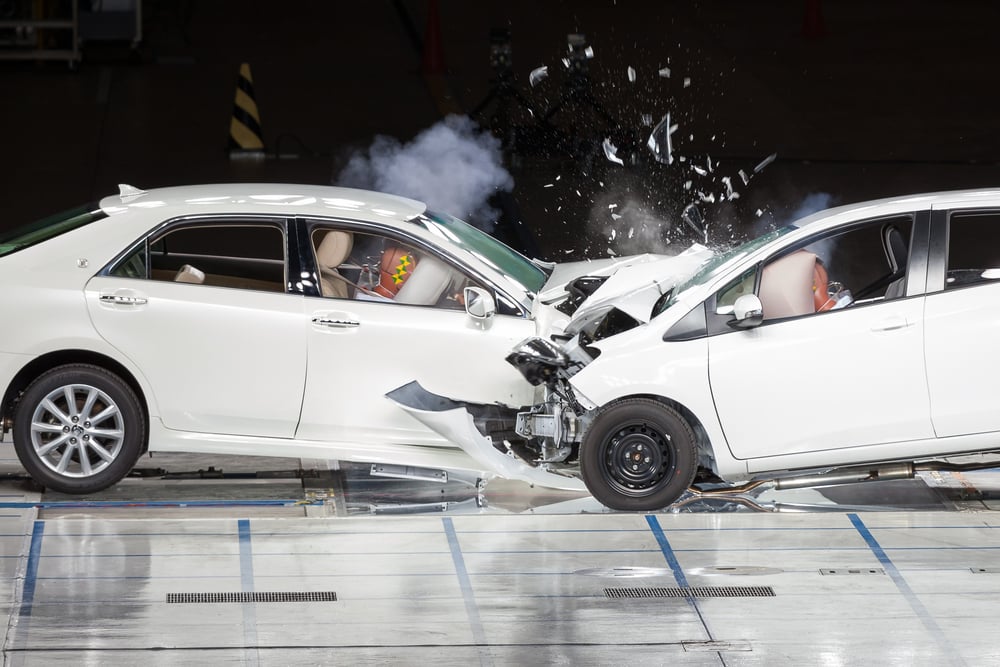
Imagine you are driving your car down a road at night, and you see a set of headlights coming towards you on the other side of the road. At the last second, the other car slips into your lane, and a collision seems imminent. In that instant before the impact occurs, once you realize what is about to happen, your body will instinctually tense up, given the shock and panic that sets in. Provided you are wearing a seatbelt, the safest thing to do is actually relax (difficult or impossible as that may seem). By relaxing your muscles, you are allowing the different parts of your body to move independently in reaction to the collision. This effectively makes the impact duration longer, which means that the force of the impact will be distributed across more of your body, rather than your muscles straining to hold your body as some immovable object to counter an unstoppable force.

Although this is a very difficult experiment to run in a controlled setting, anecdotal evidence from paramedics, doctors, police officers and nurses verify that in the unfortunate case of a collision between a drunk driver and a sober driver, the drunk driver almost always sustains fewer injuries. Alcohol slows down brain function and reaction time, so in the instants before impact, drunk drivers don’t always tense up their muscles, allowing the great impact of the collision to be distributed. Similarly, when overly intoxicated people fall down the stairs, or off the curb, they can often stand back up and carry on with their evening, since the fall didn’t generate all that much force on a single point of their body. The obvious fallacy of this argument for inebriation is that no one should be behind the wheel of a car while intoxicated, but it is a tragic truth that being intoxicated can prevent more grievous damage to the body.
Also Read: Does Doubling The Speed Of A Vehicle On A Highway Only Double The Impact Force Of An Accident?
How To Fall Properly
Now, we can take that same wisdom and apply it to falling (outside of a moving vehicle). Considering that there are nearly 8 million emergency room visits in the US alone that result from a fall, knowing how to do it properly seems rather crucial!
There is obviously a surge of panic when you feel like you are losing your balance and about to take a spill, so it can be difficult to remain in control of your body or your muscles as your fight-or-flight response kicks in. Therefore, the advice for how to fall isn’t so much to relax, but rather to fall “well”, which consists of a few different elements.
Most importantly, you want to keep your head safe, since a direct blow to the head from even a short fall can be disastrous, resulting in concussions, brain swelling, internal bleeding or even brain damage. You should tuck your head into your chest and avoid falling directly forward or backward. Given the shape of our head, when we fall flat, our skull will take the brunt of the hit, whereas if we fall to one side, our shoulders will often be able to absorb a lot of the force, distributing it through our collarbone, back, arms, etc. You may still strike your head, but it will be moving at a lesser velocity, and some of the impact force will have already been dissipated.
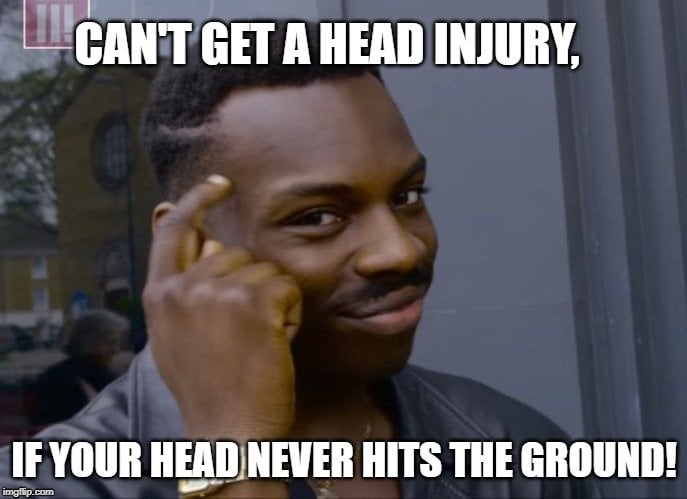
The second thing to consider is your instinct to “save yourself” from a fall. Many people try to catch themselves with their hands before hitting the ground, but in this instance, all of the impact force will be put right on your wrists, which are prone to breaking, and there is nothing you want less than two broken wrists at the same time! Other joints should also be avoided, such as your knees, elbows, ankles and feet. You may think that trying to “get your feet back under you” is the safest way to avoid a fall, but this can actually be more dangerous than simply accepting the fall and leaning into it safely.
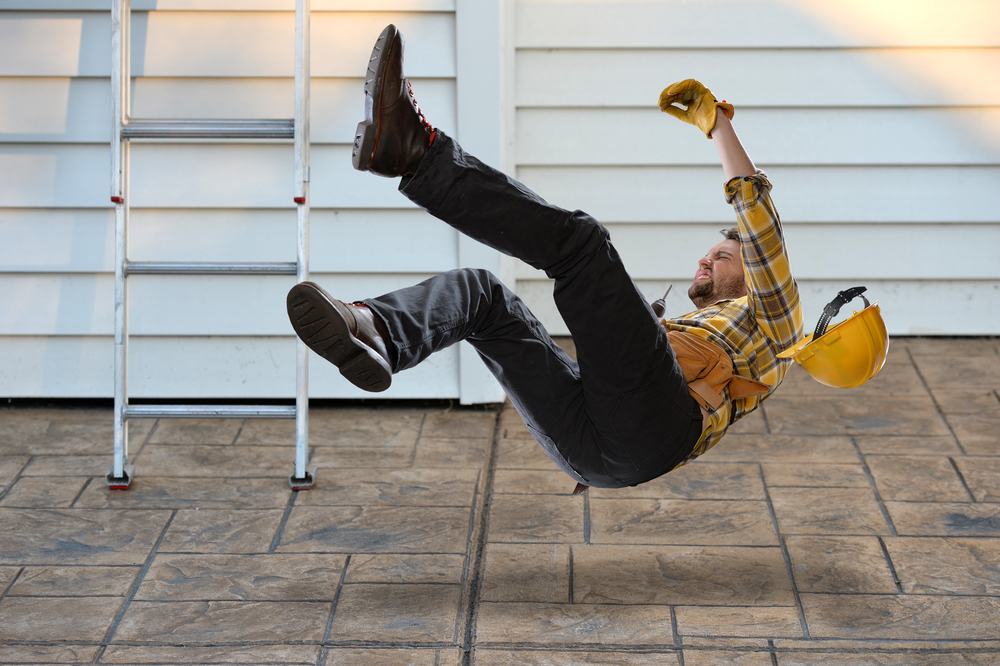
If you have successfully avoided cracking your head open and aren’t catching yourself with your hands/wrists or any other vulnerable joints, you are well on your way to falling without causing serious injury. The final step is to “prolong the fall”, which is often done by rolling on the fleshy, non-vulnerable parts of your body. If you’ve ever seen a martial artist or stunt man following a big hit, flip, fall or dive, they often roll on their shoulder, allowing the fleshy part of the shoulder, back and thigh to absorb much of the contact force from the ground. When you hit the ground, you want to shift your weight and the impact location so you don’t apply too much force to the same part of the body, as this is when serious injuries can occur.
There is a popular adage urging people to “roll with the punches”, and while you probably haven’t thought about its origins, this article may give you some insight. Essentially, it comes from boxing, and refers to a boxer’s training to step back or to the side when taking a punch from an opponent, as it will lessen the force of impact, rather than rigidly standing in the way and attempting to absorb the entire force of the punch.
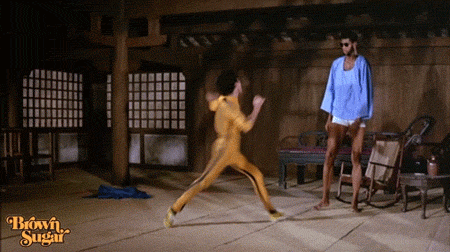
Also Read: What If You Jumped Out Of An Airplane Into The Sea Without A Parachute?
A Final Word
Obviously, the safest thing to do is not fall in the first place, but there isn’t a person in the world who doesn’t take a tumble from time to time. In the panicked moment of a fall, it may be hard to relax your muscles, avoid your head, not attempt to catch yourself, and aim for soft fatty areas, rather than bone, but it’s critical if you want to protect yourself. For clumsy people who often find themselves on the wrong side of a fall, this advice might just save your life!
Also Read: Can You Survive If You Jump In A Free-Falling Elevator Just As It Hits The Ground?
References (click to expand)
- The Right Way to Fall - The New York Times. The New York Times
- Jones, G. M., & Watt, D. G. D. (1971, December 1). Muscular control of landing from unexpected falls in man. The Journal of Physiology. Wiley.
- Brolin, K., Hedenstierna, S., Halldin, P., Bass, C., & Alem, N. (2008, September 11). The importance of muscle tension on the outcome of impacts with a major vertical component. International Journal of Crashworthiness. Informa UK Limited.
- S Ejima. Prediction of the Physical Motion of the Human Body based on .... ircobi.org





